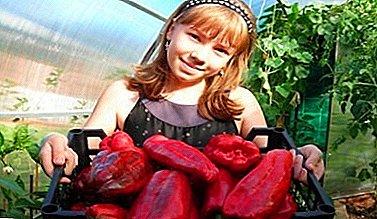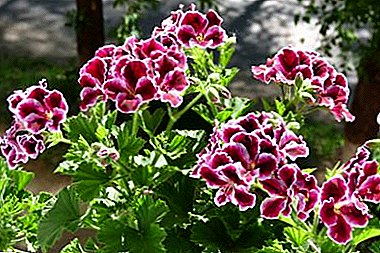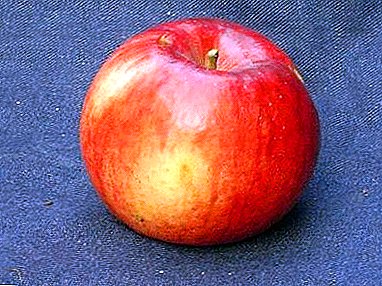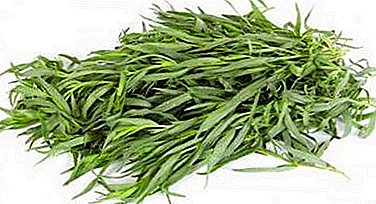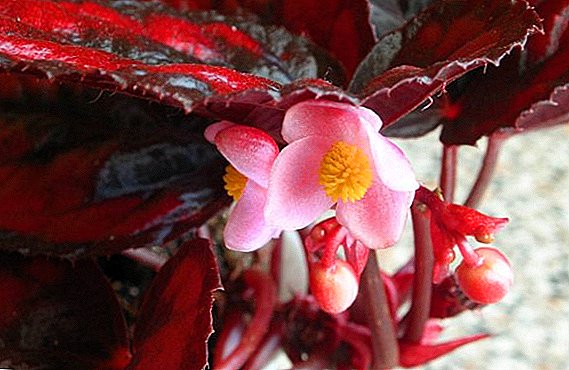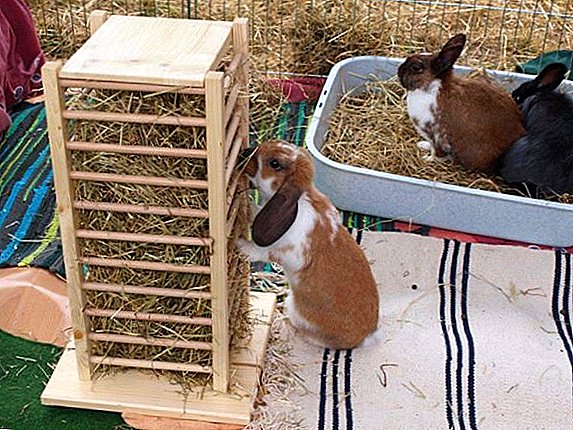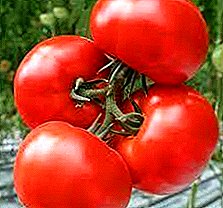
Looking for resistant to most diseases, large and tasty tomatoes? Is it also desirable that they be kept for a long time and tolerate transportation well? Pay attention to the variety called Perseus.
In our article we will provide you with a complete description of the variety, its main characteristics and agrotechnical subtleties. And also a lot of other useful information.
Breeding history
Perseus Tomatoes: variety description
 The variety of tomato Perseus belongs to the determinant middle-early varieties. Its homeland is Moldova, was withdrawn at the end of the XIX century. The height of the bushes of this plant usually reach fifty to sixty centimeters, the stem does not form. The bushes are characterized by good foliage, and their first inflorescence is usually located above the sixth-seventh leaf.
The variety of tomato Perseus belongs to the determinant middle-early varieties. Its homeland is Moldova, was withdrawn at the end of the XIX century. The height of the bushes of this plant usually reach fifty to sixty centimeters, the stem does not form. The bushes are characterized by good foliage, and their first inflorescence is usually located above the sixth-seventh leaf.
Perseus tomatoes are resistant to fusarium, Alternaria, anthracnose and tobacco mosaic virus. They can be grown in open ground and in film greenhouses.
Description of the fetus
- The fruits of this type of tomato have a flat-rounded shape.
- The weight of one fruit is from one hundred and ten to one hundred and eighty grams.
- They are covered with dense red skin, and near the stem there is a small green spot on them.
- The fruits have a pleasant taste and good product quality.
- Transportation is well tolerated. These tomatoes are stored for a long time, so they can be transported over long distances.
- The number of chambers in these fruits ranges from five to seven, and the dry matter content is quite low.
The fruits of these tomatoes can be consumed fresh as well as canned.
A photo



Specifications
The main advantages of tomatoes Perseus can be called:
- Heat resistance.
- Transportability.
- Large fruit.
- Good taste of fruit.
- Disease resistance.
This variety of tomatoes practically has no disadvantages, therefore it is a favorite of many gardeners. The variety of tomato Perseus has a good yield. From one square meter of planting they collect from six to eight kilograms of fruits. From the emergence of seedlings to the ripening of the fruits of tomato, Perseus usually lasts from one hundred eight to one hundred fifteen days. Fruits form quickly and ripen almost simultaneously.
Features of growing
 Perseus tomatoes can be grown in almost any region of Russia, as well as in Moldova, Belarus and Ukraine. This heat-loving culture can be grown in open ground sowing or seedlings. To obtain seedlings, seeds should be sown from March 1 to March 10 in pots measuring ten by ten centimeters, filled with a nutrient mixture.
Perseus tomatoes can be grown in almost any region of Russia, as well as in Moldova, Belarus and Ukraine. This heat-loving culture can be grown in open ground sowing or seedlings. To obtain seedlings, seeds should be sown from March 1 to March 10 in pots measuring ten by ten centimeters, filled with a nutrient mixture.
After fifty five to sixty days, seedlings are planted on the garden bed. This usually happens in the second decade of May. If you want to get an early harvest, plant the seedlings on the beds in early May and cover it with a wrap until it gets warmer outside.
It is best to grow these tomatoes in loamy soil enriched with organic fertilizers. For planting should choose a sunny place, protected from strong winds. The distance between plants and between rows should be fifty centimeters.
Diseases and pests
Perseus tomatoes are highly resistant to many diseases. To protect the plants as much as possible, after five to six days after planting, treat them with a solution of potassium permanganate, and before flowering, carry out a preventive spraying with fungicidal preparations.
Try to grow tomatoes of the Perseus variety, and your family will have a whole summer to enjoy tasty and healthy tomatoes.



